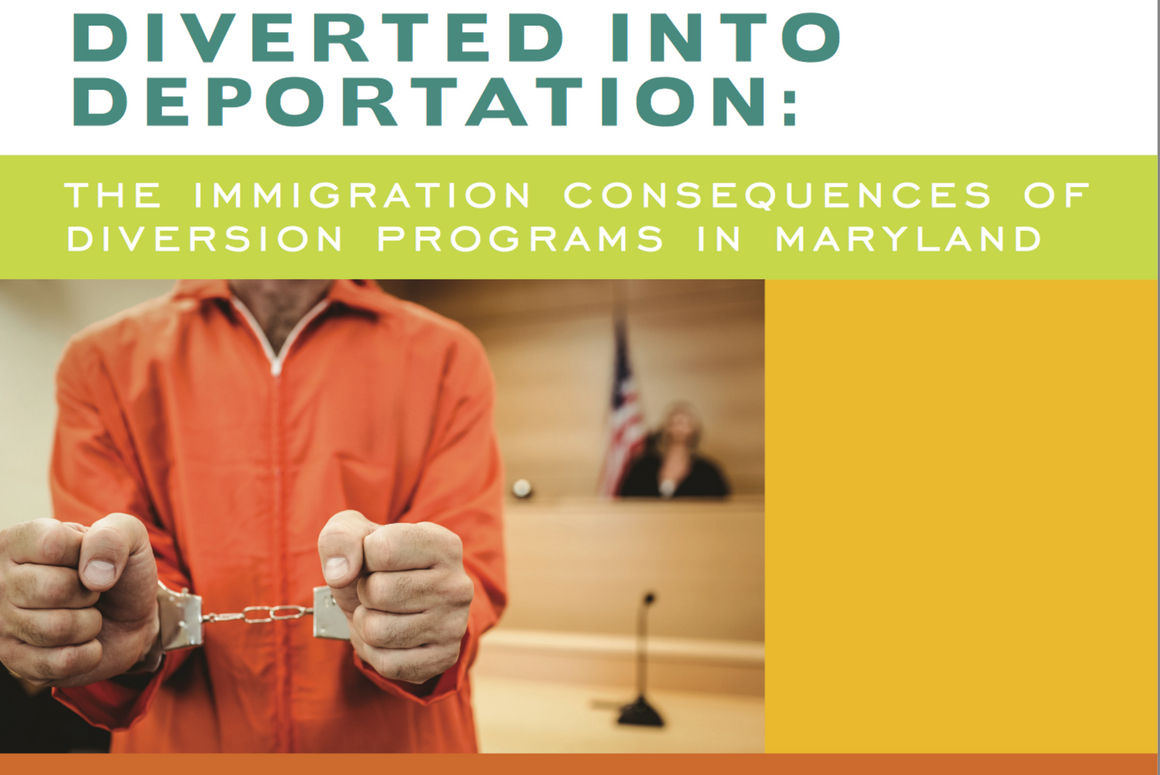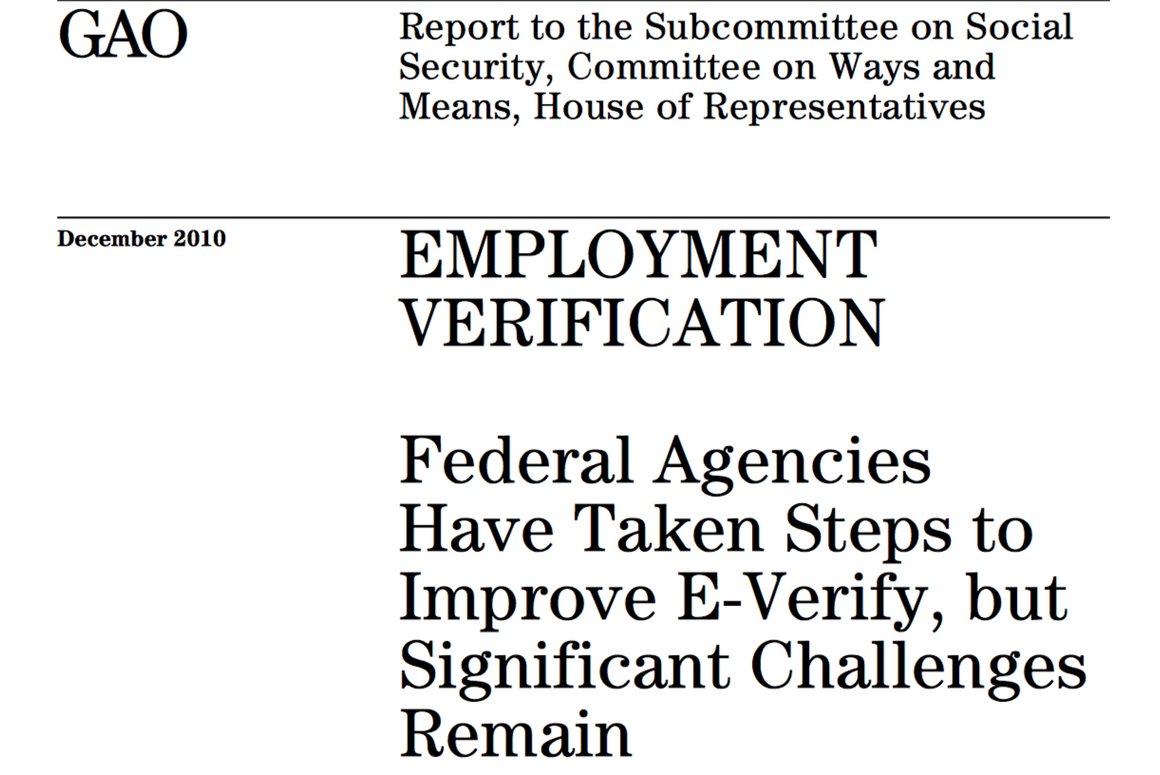The ACLU of Maryland has been at the forefront of ending the unnecessary, inhumane, and costly detention of immigrants and of ensuring that their civil rights are protected. One of our top priorities has been ending local law enforcement's entanglement with federal immigration enforcement efforts, and we have achieved significant success this year on that front.
Since 2008, the federal Secure Communities program (SComm) has devastated thousands of Maryland working families and has had negative effects on our children by separating them from their parents and breaking up their families. As a result of SComm and other similar immigration enforcement programs, members of our communities have been afraid to call on the police for help, worrying that any contact with local authorities will result in funneling them into deportation proceedings.
Over 43 percent of persons deported from Maryland under this program had no criminal convictions of any kind. An additional 33 percent had convictions only for minor offenses. These deportations have targeted people who are living and working peacefully in our communities, sometimes for years or even decades, casting a shadow over our working families and children.
The new Department of Homeland Security (DHS) program that replaces SComm, known as the Priority Enforcement Program or PEP, leaves in place the fingerprint sharing that is at the heart of the problem. Even under this new program, Immigration and Customs Enforcement (ICE) will continue to involve local law enforcement in their efforts, to the detriment of our communities' trust in the local police who should be there to serve them, not to send them to immigration authorities for deportation. Under PEP, ICE will continue to issue notification requests and in some cases, detainer requests for individuals who come into contact with local authorities.
Immigration detainer requests are a key tool federal authorities use to drag local law enforcement agencies into their civil immigration enforcement efforts. Detainers are notices sent to local jurisdictions requesting the detention of persons who are otherwise eligible for release for an additional 2 to 5 days (48 hours exclusive of weekends and holidays), sometimes for no reason other than to investigate possible civil immigration offenses. These detention requests violate the Fourth Amendment and due process rights of individuals.
Instead of making our communities safer, they destroy local community members' trust in law enforcement and force them to live in the shadows. In Maryland, most immigration detainers are lodged against individuals with traffic or very minor offenses, and the overwhelming majority target persons of color, particularly Latinos.
Because of our advocacy on this issue, the Maryland Attorney General issued an opinion confirming that immigration detainer requests raise constitutional concerns, and most Maryland counties have now revised their policies accordingly.
As a result of our work, most immigrants in Maryland now live in counties that refuse to detain individuals for ICE without a judicial warrant or a showing of probable cause that a new crime has been committed.
Maryland county policies on enforcement of immigration detainers:
- Allegany
- Baltimore City
- Baltimore County
- Harford
- Howard
- Kent
- Montgomery
- Prince George's
- St. Mary's
- Talbot
Documents on the legality of immigration detainers:
- Briefing paper: Constitutional Deficiencies of Immigration Detainers
- Maryland Attorney General letter of advice
ACLU letters to local law enforcement:
- MPIA request and letter re detainers
- Letter re constitutionality of detainers
- Follow-up letter re detainer policies after Attorney General opinion
- Briefing paper: Constitutional Deficiencies of Immigration Detainers
Maryland Law Enforcement Trust Act:
Date
Tuesday, November 5, 2013 - 5:30pmFeatured image


